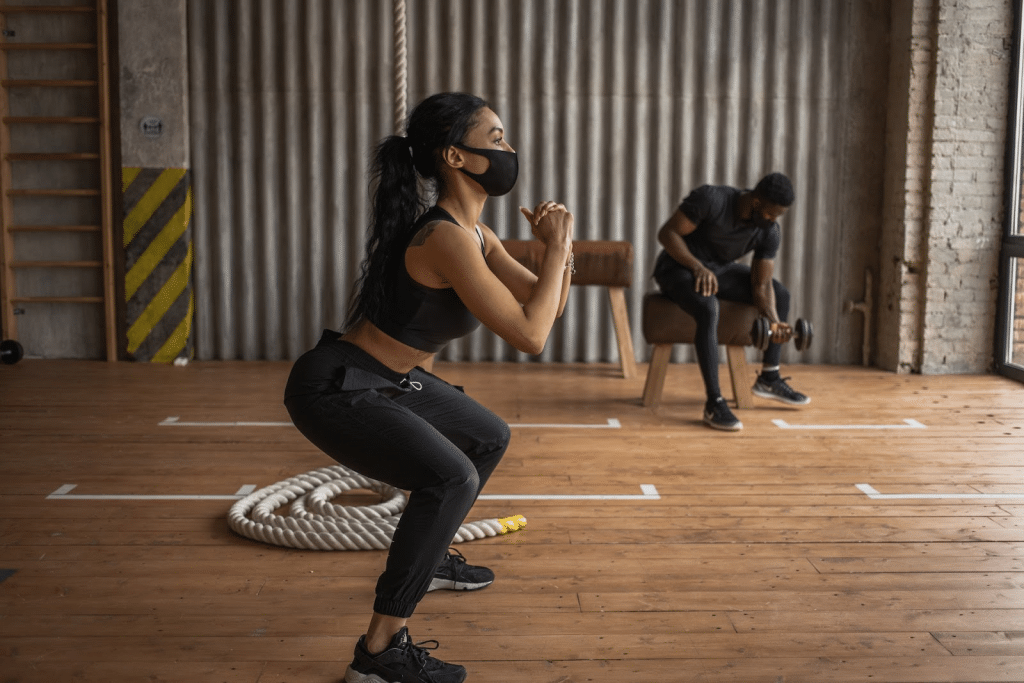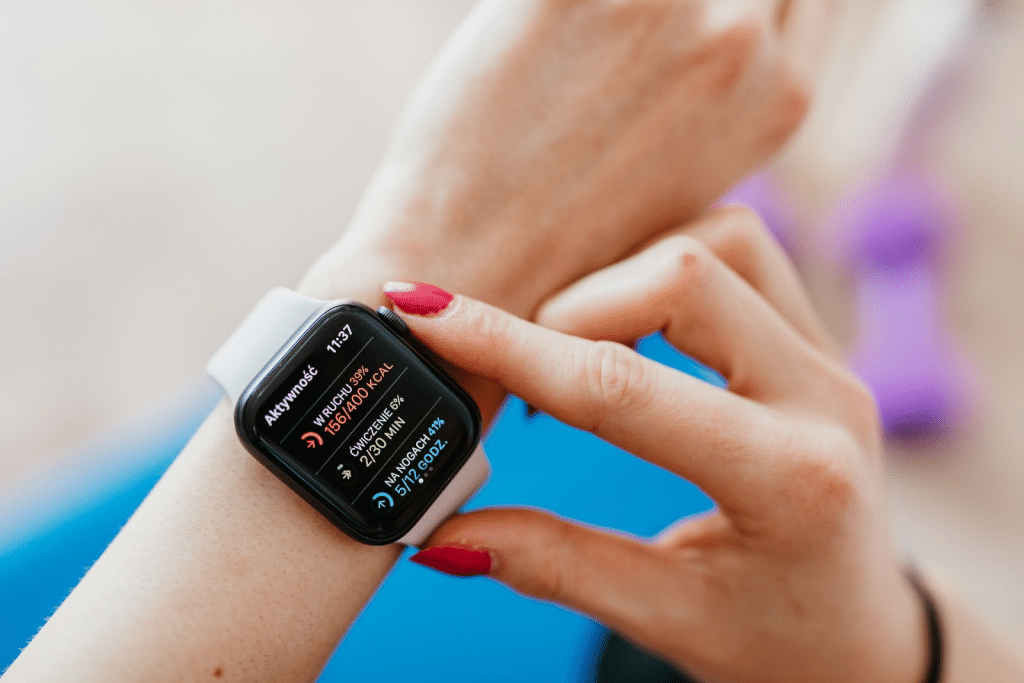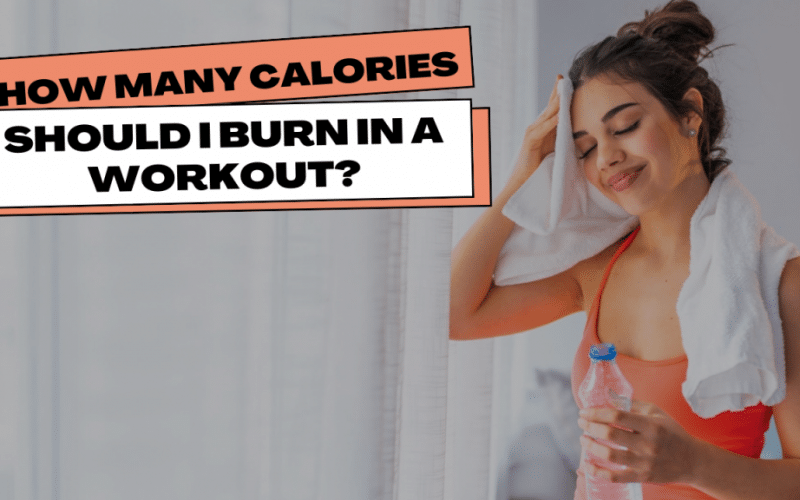Anyone who has ever found themselves in a fitness rut knows that fewer calories are key to weight loss, and finding the right balance between burning them and eating them can be tricky. But how many calories should you actually burn in a workout?
The answer varies from person to person, as it all depends on your individual fitness level, goals, and lifestyle. However, a general rule of thumb is that you should aim to burn between 400-500 calories in a session of moderate to intense physical activity.
In this article, we’ll take a look at how to figure out the exact number of calories you should be shooting for, as well as some helpful tips that can make each workout more effective. Read on to find out just how many calories you should be burning in your next sweat session!
Burning Calories: How Does it Work?
Burning calories is the process of using energy to do physical activities such as walking, running, and lifting weights. When we exercise, our bodies break down glucose stored in muscle cells, which releases energy that can be used for fuel. This is how we burn calories and lose weight.
Calories are an important part of a healthy diet because they provide the body with energy to perform everyday tasks.
The number of calories burned during an activity depends on several factors, including age, sex, weight, body composition, and intensity of exercise. A person’s basal metabolic rate (BMR) also determines how many calories are burned during exercise or rest.
BMR is the amount of energy expended by the body at rest in a given period of time; it reflects the number of calories needed for basic functions such as breathing and digestion.

To maximize your efforts when it comes to burning calories during exercise, focus on exercises that target large muscle groups, such as squats, lunges, and push-ups.
These exercises have been proven to burn more fat than any other type of exercise and should definitely be incorporated into any workout routine if you’re looking to shed some extra pounds quickly and effectively.
How Many Calories Should I Aim to Burn During a Workout?
The number of calories you should burn during a workout depends on your individual goals. For example, if you’re looking to lose weight, aim for around 500-600 calories per session; if you’re just trying to maintain your current weight, 200-400 is ideal.
If you want to gain muscle mass, aim for 400-600 calories per session. This will provide the necessary energy needed for an intense workout and will help build muscle.
Regardless of your goal, it’s important to remember that every person is different, and what works for one person might not work for another. Listen to your body and adjust accordingly!
Here’s a more gender and weight-specific breakdown to help you figure out a ballpark number:
- Men under 200 pounds: 300-450 calories per 30-60 minute session
- Women under 200 pounds: 250-400 calories per 30-60 minute session
- Men between 200 and 350 pounds: 400-600 calories per 30-60 minute session
- Women between 200 and 350 pounds: 300-550 calories per 30-60 minute session
Factors That Influence Calorie Burning During Exercise
The number of calories you burn during a workout will ultimately depend on several factors, including:
Intensity of the Workout
The main factor that influences calorie burning during exercise is the intensity of the workout.
When we exercise at a higher intensity, our bodies have to work harder and expend more energy, resulting in more calories burned.
Some exercises are more effective than others when it comes to burning calories, as intense exercises will burn more calories than light activities like walking or jogging. High-intensity interval training (HIIT) is one of the best ways to burn calories quickly and effectively, as it involves shorter bursts of intense activity followed by periods of rest.
Another way to increase your calorie burn is by increasing the duration of your workouts. The longer you work out, the more calories you’ll be able to burn.
For example, if you were running for 30 minutes at a moderate pace, you might only burn 200-300 calories. However, if you increased your duration to 45 minutes or an hour and kept up with the same level of intensity, you could expect to burn around 500-600 calories during that time frame.
Your Weight
Our weight is an important factor when it comes to burning calories during exercise. The more we weigh, the more energy our body needs to expend during a workout.
In general, a person who weighs more will burn more calories during a given period of time than a lighter individual since they have more mass to move around. This means that someone who is overweight will typically burn more calories than someone of average weight during the same workout routine.
The rate at which your body burns calories with different types of exercise depends on several factors, one of them being your individual weight.
Heavier individuals tend to benefit from higher intensity exercises such as HIIT as they will burn more calories over a period of time compared to someone lighter in weight and doing the same type of exercise at the same intensity level – even if they are only slightly heavier than average.
Your Gender
Gender is also a factor that can influence the number of calories burned during exercise. Generally speaking, men tend to burn more calories than women due to their increased muscle mass and larger size.
This is because muscles require more energy than fat does, so when we have more lean muscle mass, our bodies need to expend more energy. This means that men will typically burn more calories over a given period of time, even if they are doing the same type of exercise as a woman who weighs the same but has less muscle mass.
In addition, testosterone – which is typically higher in men- helps improve metabolism and increase calorie burning in general, thus making it easier for them to lose weight or gain muscle mass with exercise.
Your Age
Age is another factor that can affect the number of calories we burn during a workout. Our metabolism slows down as we age – meaning it will take more effort from our bodies to burn the same amount of calories as when we were younger.
This means that older individuals may find it more difficult to lose weight and gain muscle mass with exercise than those who are younger. That said, regular physical activity can help to boost metabolism and encourage our bodies to burn more calories regardless of age.
So while it may be harder for an older individual to burn the same number of calories as a younger person, regular physical activity can help them stay in better shape and maintain a healthy weight.
Your Fitness Level
Finally, your fitness level can also have an impact on the number of calories you burn. Those who are fitter or regularly exercise tend to push themselves harder and for longer during a workout, meaning they will be able to expend more energy and ultimately burn more calories in the process.
So if you’re looking to increase your calorie-burning potential, it’s important to focus on improving your overall fitness by doing regular strength training and aerobic exercises. This will help improve your endurance, strengthen your muscles and help you push yourself further when it comes time to work out – resulting in a greater calorie burn over a given period of time.
How to Measure Calories Burned
If you’re looking to measure how many calories you burn during a workout, there are several different methods you can use. The most accurate way is to use a heart rate monitor, which can tell you exactly how many calories you’ve burned during your workout.

Alternatively, you can use an app on your smartphone that will track the number of steps you take and the type of exercise you do throughout the day and estimate how many calories you’ve burned.
If you’re an iPhone user, you can use the Health app to track your activity levels and estimate how many calories you’ve burned. And if you have an Android device, Google Fit is a great app that allows you to do the same thing.
Finally, if you want a more general estimate of how many calories you might be burning with each type of exercise, there are plenty of online calorie calculators available that will give you an idea of how much energy your body expends during different activities.
No matter what method you choose, tracking the number of calories burned can help to ensure that your workouts are effective and help you reach your health and fitness goals.
Final Thoughts
While the number of calories you should be expending during a workout is ultimately determined by factors like your body type and fitness level, the average person should aim to burn between 400-500 calories per hour of exercise.
By tracking the number of calories burned and making sure you’re pushing yourself to your limits, you can ensure that your workouts are as effective as possible and put you on the right track toward achieving your health and fitness goals. Good luck!






